The Bank of Canada agreed with the federal government to keep the flexible inflation targeting framework the next five years. Also, monetary should continue to support maximum sustainable employment.
Governor Tiff Macklem said, “even as the complications of reopening the global economy have caused inflation in Canada and many other countries to rise, medium and longer-run inflation expectations in Canada have remained well anchored on the 2 percent target.”
“Keeping inflation expectations well anchored is key to completing the recovery and getting inflation back to target,” he noted.





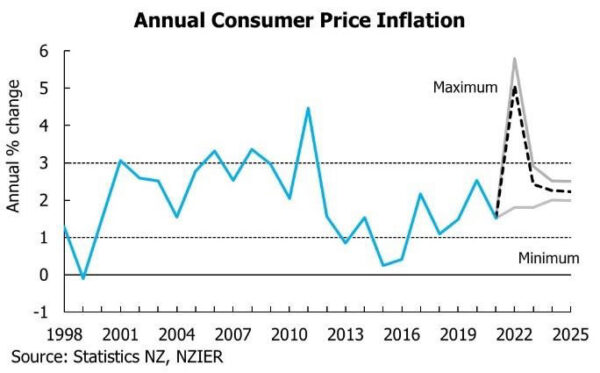
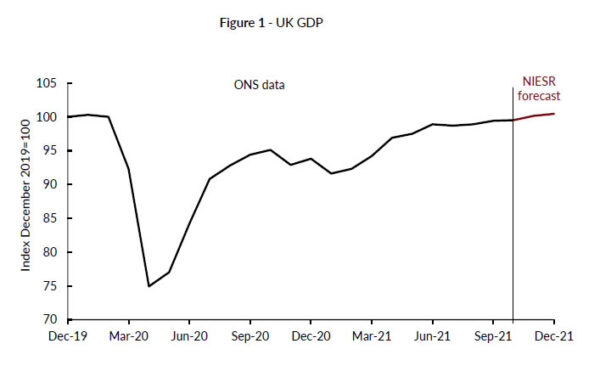
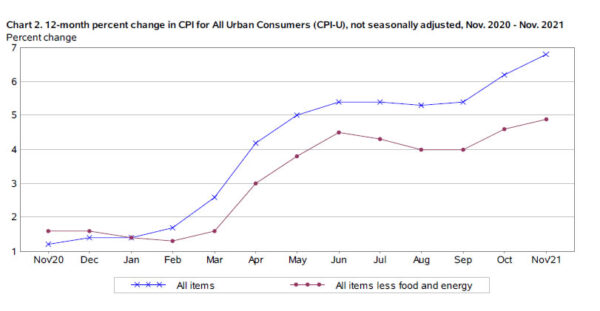
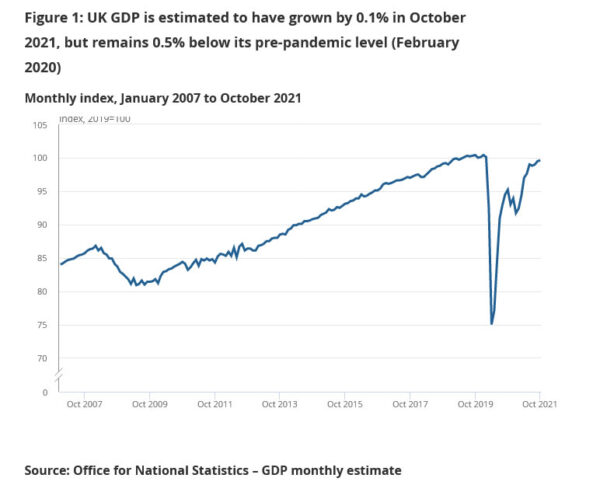
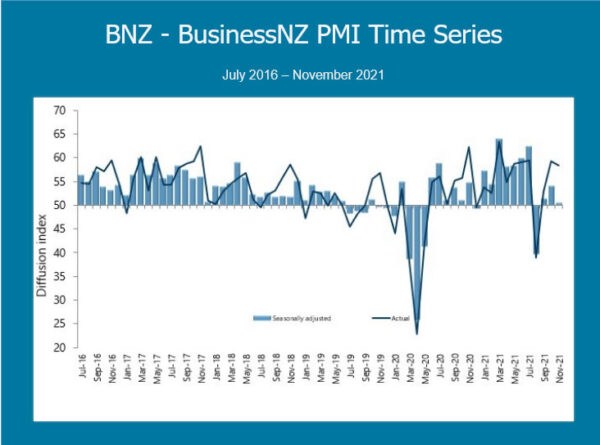
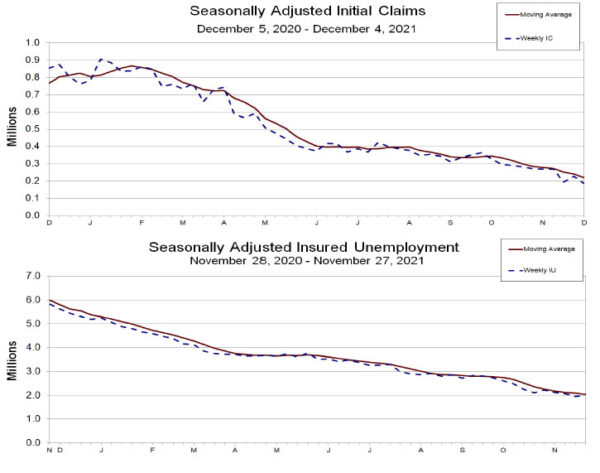
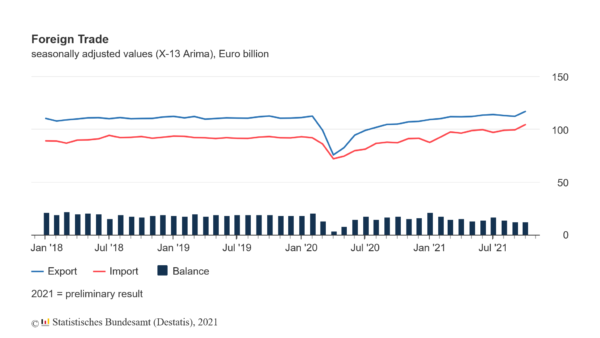
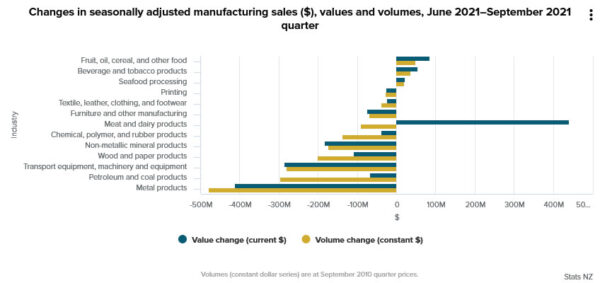
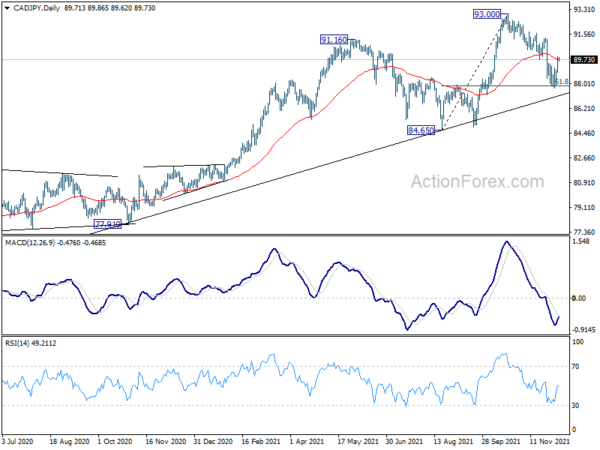
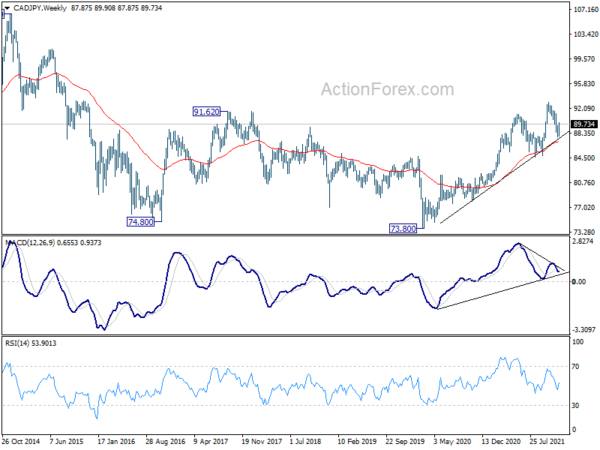

Australia NAB business confidence dropped to 12, come back to earth
Australia NAB business confidence dropped from 20 to 12 in November. Business conditions improved from 10 to 12. Looking at some details, trading conditions rose from 15 to 16. Profitability conditions rose were unchanged at 8. Employment conditions rose from 6 to 11.
“Confidence remains high across states and industries, albeit it has come back to earth a little after the optimism associated with the end of lockdowns,” said NAB Chief Economist Alan Oster.
“Forward indicators are also very strong with a rise in capital expenditure a welcome sign that businesses are beginning to look towards a period of expansion. These results align with the strong rebound in activity that we believe is now underway, as well as a positive outlook for the coming months with vaccination rates now very high.”
Full release here.